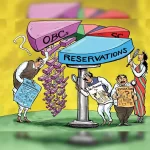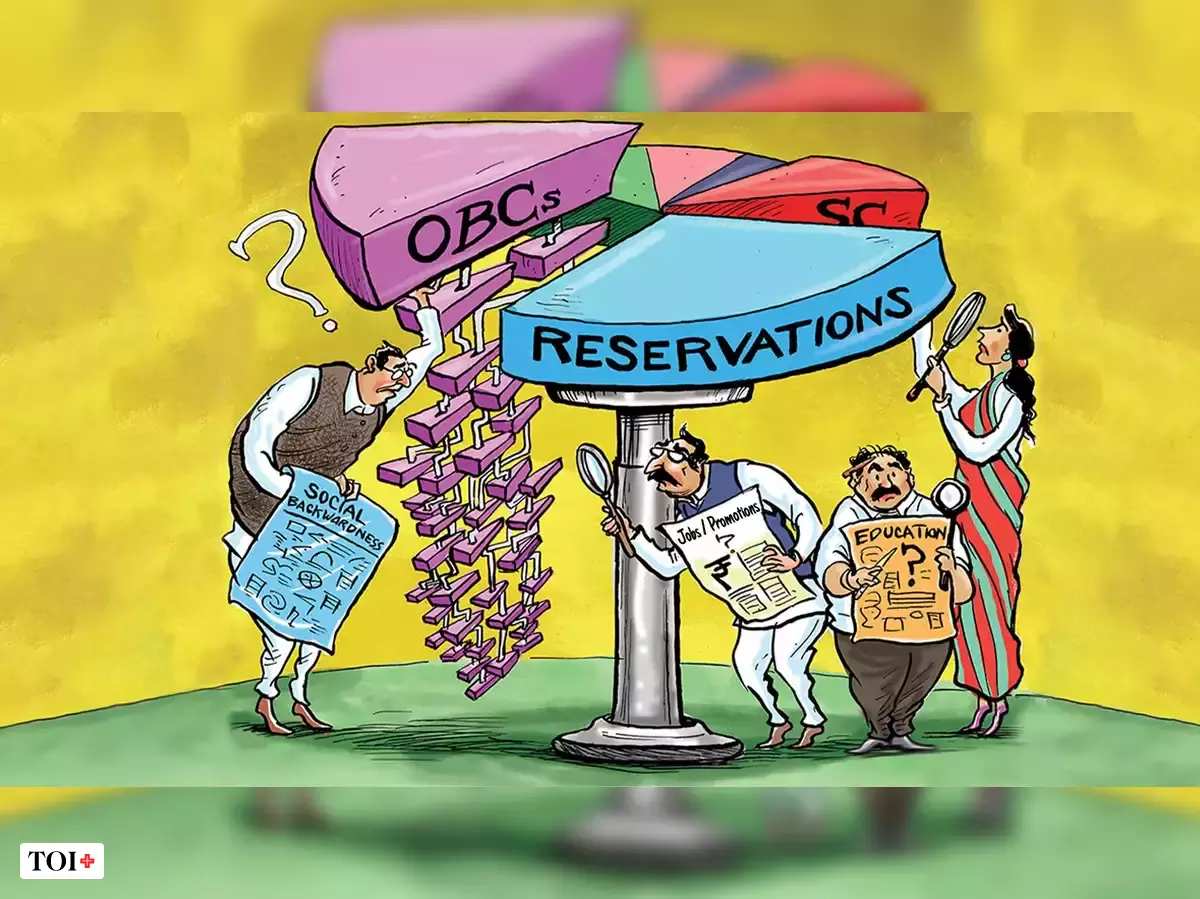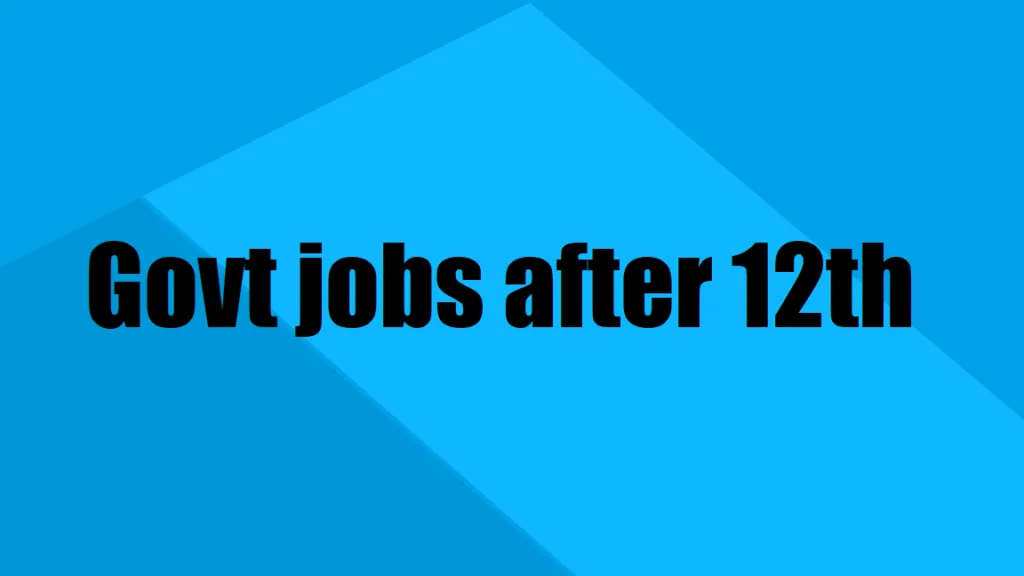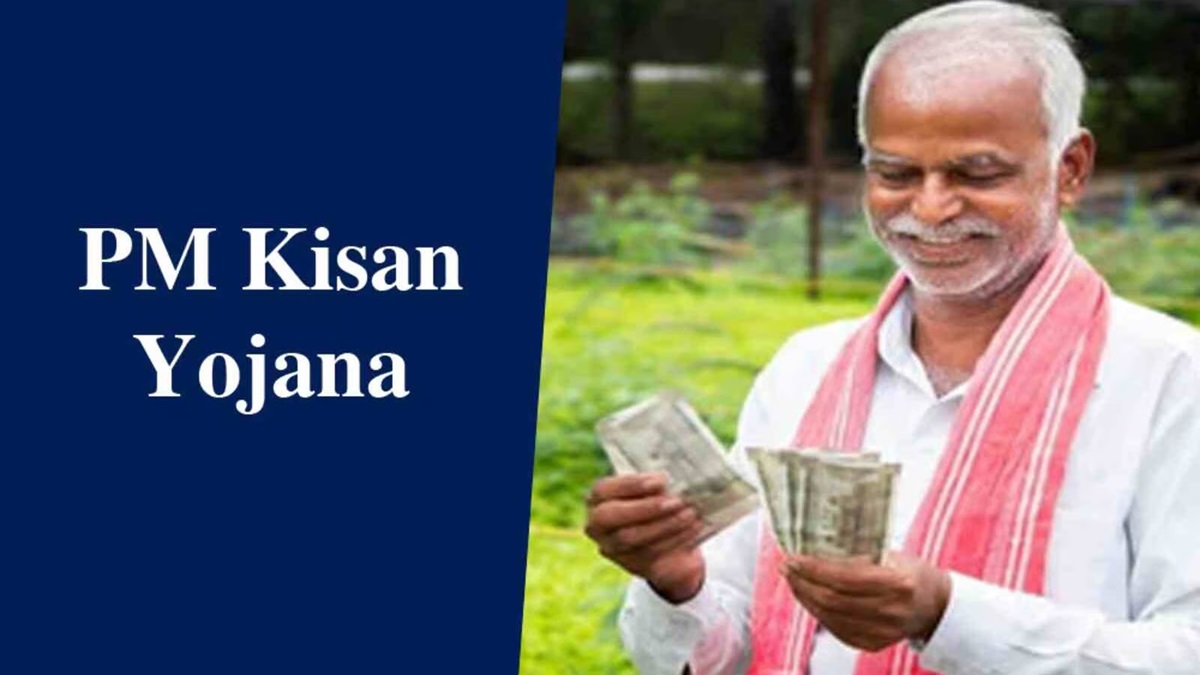In a move that has stirred both applause and controversy, the state of Bihar recently passed a Reservation Bill that raises the quota for various communities to an unprecedented 75%. The decision has sparked intense debates on the constitutional validity and social implications of such a significant increase in reservations, particularly when it surpasses the 50% cap set by the Supreme Court. This article delves into the intricacies of the Bihar Reservation Bill, examining its historical context, legal implications, and the broader societal impact.
Bihar Reservation Bill
Historical Context of Reservations in India
In the intricate tapestry of India’s societal fabric, the genesis of reservations can be woven back to the constitutional framework, a response aimed at rectifying historical disparities and societal inequities that lingered from the colonial epoch. Forging a path driven by the aspiration to empower marginalized communities, the reservation policy initially aimed at uplifting Scheduled Castes (SC) and Scheduled Tribes (ST), eventually expanding its ambit to encompass Other Backward Classes (OBCs).
However, the issue of reservations has been a contentious one, with arguments revolving around the need for affirmative action to rectify historical injustices versus concerns about its impact on meritocracy and equal opportunities. The Mandal Commission’s recommendations in the 1980s further expanded the scope of reservations, leading to a 27% quota for OBCs in educational institutions and government jobs.

The 50% Cap Set by the Supreme Court
In the intricate tapestry of legal precedent, the Indra Sawhney case of 1992 not only affirmed the constitutionality of reservations but intricately wove a fabric of justice, establishing a paramount cap of 50% to safeguard the hallowed principle of equal opportunity enshrined within our constitutional ethos.
The Bihar Reservation Bill and the 75% Quota
The recent Bihar Reservation Bill has rekindled the debate on reservation limits by proposing a 75% quota for various communities, surpassing the Supreme Court’s prescribed cap. The bill aims to provide additional opportunities to economically weaker sections among the general category, along with increasing the reservation percentages for SCs, STs, and OBCs.
Legal Challenges and Constitutional Validity
In the legal arena, there’s a growing chorus of voices questioning the constitutional validity of the Bihar Reservation Bill, with a central focus on whether a state can navigate beyond the 50% ceiling established by the Supreme Court and endure the rigors of judicial examination. Proponents argue that the bill addresses the economic backwardness of certain sections and does not solely rely on caste-based reservations.
However, critics contend that the 50% cap is a judicially evolved principle and any attempt to breach it would violate the basic structure of the constitution. The principle of the basic structure implies that certain features of the constitution are so fundamental that they cannot be altered or amended.
Social Implications and Criticisms
The Bihar Reservation Bill has faced criticism on several fronts. One major concern is the potential dilution of meritocracy, as a higher percentage of reservations may compromise the selection of candidates based on their qualifications and abilities. Critics argue that such a move could undermine the quality of education and public services, as appointments and admissions may be based more on caste considerations than merit.
Another criticism is the perpetuation of caste-based identities and divisions. While the initial intent of reservations was to uplift marginalized communities, there is a fear that prolonged and increased reservation percentages could lead to the entrenchment of caste identities, hindering social cohesion and integration.
Championing the legislation, advocates assert that it confronts the economic disparities within specific demographics, striving to establish an equitable landscape. They posit that incorporating economic factors alongside caste considerations is essential for reservations, ensuring targeted assistance to those in greatest need.
Political Perspectives and Public Opinion
Amidst the clamour of political debates, the Bihar Reservation Bill stands as a contested emblem, hailed by some as a stride toward rectifying economic imbalances in a state grappling with financial hardships, while sceptics contend that its motives are more electoral than egalitarian, raising doubts about its efficacy in tackling the foundational roots of economic disparity.
Public opinion on the matter is diverse, reflecting the broader societal divisions on the issue of reservations. While some view the bill as a positive step towards inclusive development, others express concerns about its potential impact on merit-based opportunities and social harmony.
Conclusion
In the intricate tapestry of socio-political dynamics, the Bihar Reservation Bill’s audacious 75% quota sparks a nuanced dialogue on the interplay between affirmative action, the bedrock of equality, and the tenets of meritocracy. The constitutional litigations challenging its validity, apprehensions regarding societal repercussions, and the overarching discourse on reservations in India all accentuate the intricate nature of this multifaceted dilemma. As this legislation navigates the waters of judicial evaluation and public deliberation, the unfolding narrative awaits the delicate calibration of the scales between societal equity and the preservation of equal opportunities, not just in Bihar but resonating across the entirety of the nation.
Read More:- Unveiling the Ultimate Guide: The Best Books for Preparing for the KVPY Exam
Read More:- UNVEILING THE ULTIMATE MEMORIZATION TECHNIQUES FOR VERBAL AND











